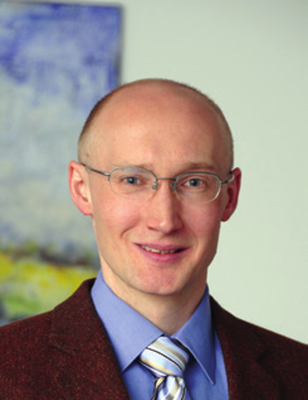Introduction to contact definitions in LS-DYNA
LS-DYNA offers extensive possibilities to model contact. In total there are more than 30 different contact types available and each type supports numerous special settings. While this generous selection guarantees extreme flexibility for the contact definition, it also requires a great deal of knowledge on the user's part.
The objective of this seminar is to provide the user with a summary of the possibilities and limits of the various contact formulations. In particular, the discussion focuses on the selection of a suitable contact type for the application in question. Furthermore, the effects of the various contact options on the simulation results are explained with examples.
Prior attendance of the seminar "Introduction to LS-DYNA" is recommended.
Content
-
Which contact types exist in LS-DYNA ?
-
When do I use which contact formulation?
-
How do the various contact formulations differ – how can they be classified?
-
Penalty vs. Constraint treatment
-
Definition of a contact
-
What is an "Automatic contact"?
-
How does a single-surface contact work?
-
What if a contact does not hold?
-
Tied contacts
-
Most recent contact options and current developments in LS-DYNA
| Dates | Duration/days | Calendar | Registration | Referee | Language | Location | Fee |
|---|---|---|---|---|---|---|---|
| 28.04.2025, 09:00 - 17:00 | 1 day | Add to calendar | Registration | Maik Schenke | English | Stuttgart (GER) | 525 € |
| 20.11.2025, 09:00 - 17:00 | 1 day | Add to calendar | Registration | Maik Schenke | English | Stuttgart (GER) | 525 € |
Lecturers
Tobias Graf

Areas of expertise:
Joining techniques, material modeling
Civil Engineering
Pierre Glay

Diplôme d’Ingénieur
Areas of expertise:
Forming and process simulations
Academic studies:
Mechanical engineering>
Julien Lacambre

Diplôme d'Ingénieur
Areas of expertise:
Crash and impact simulations
Academic studies:
Aerospace Engineering